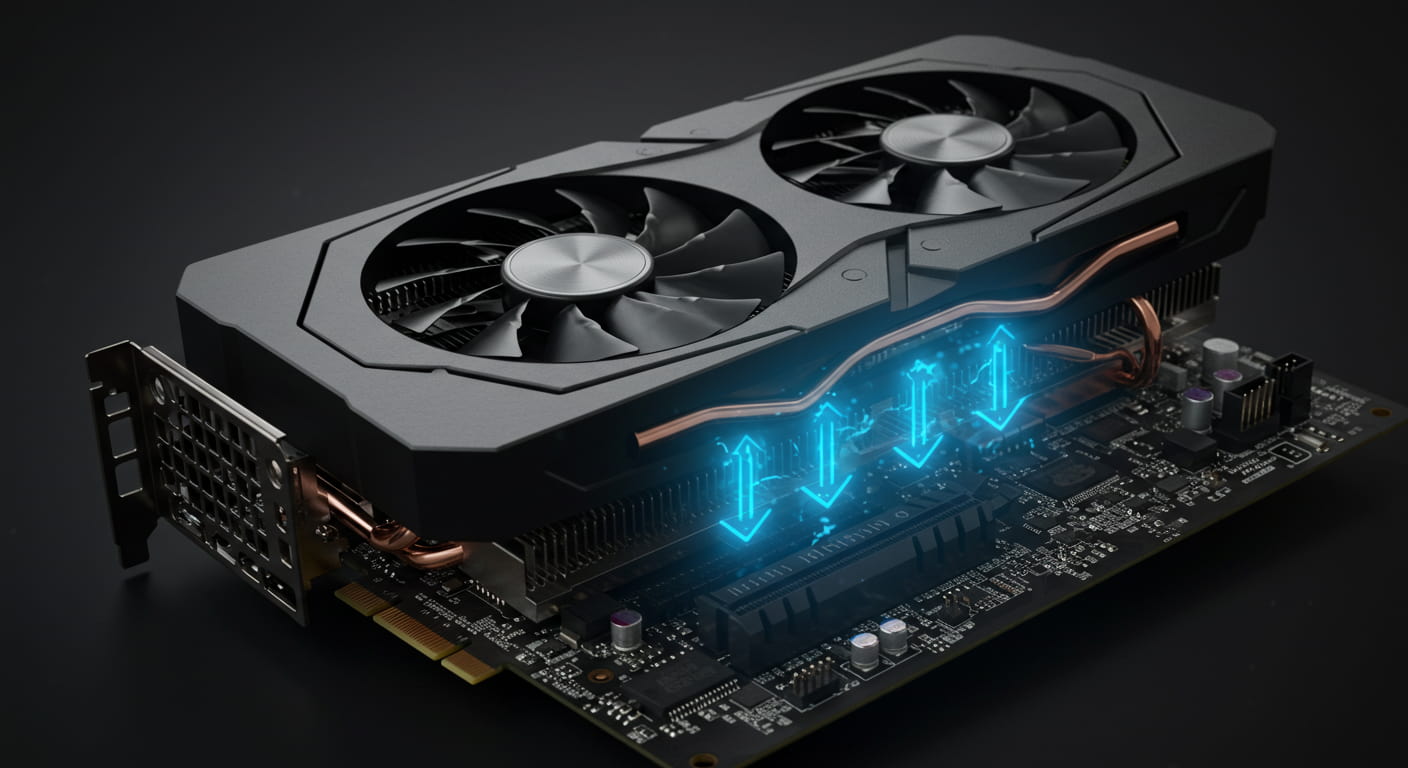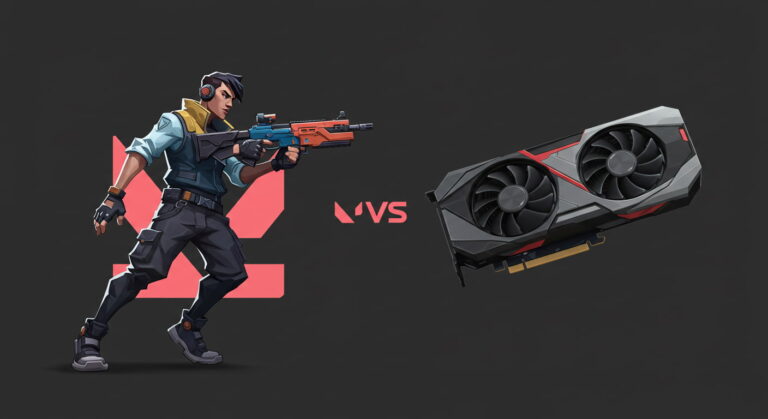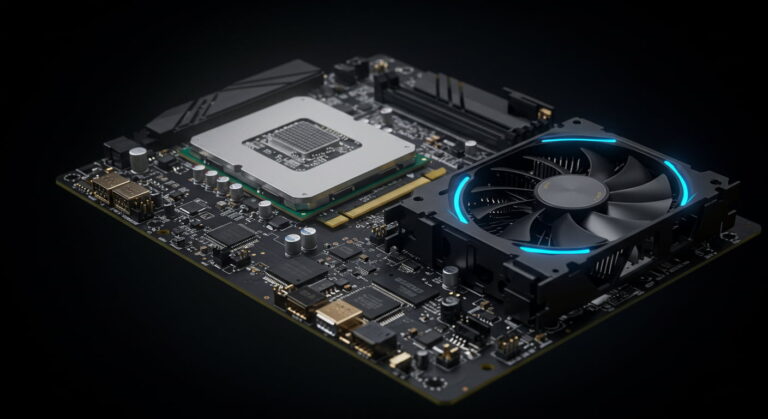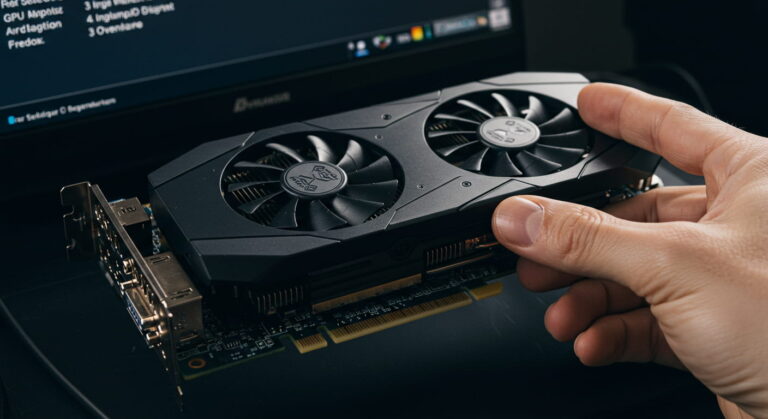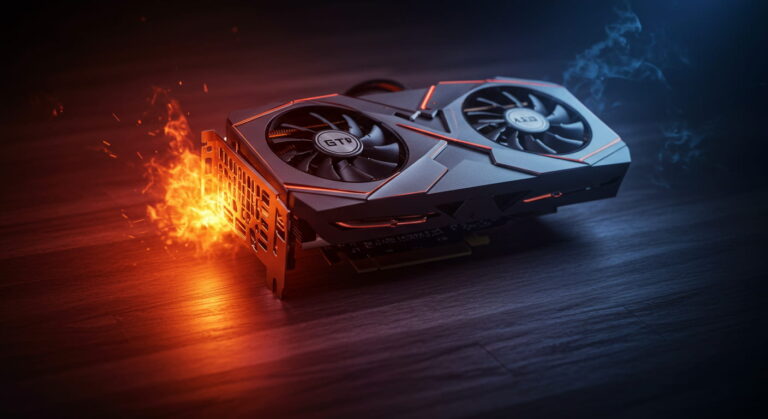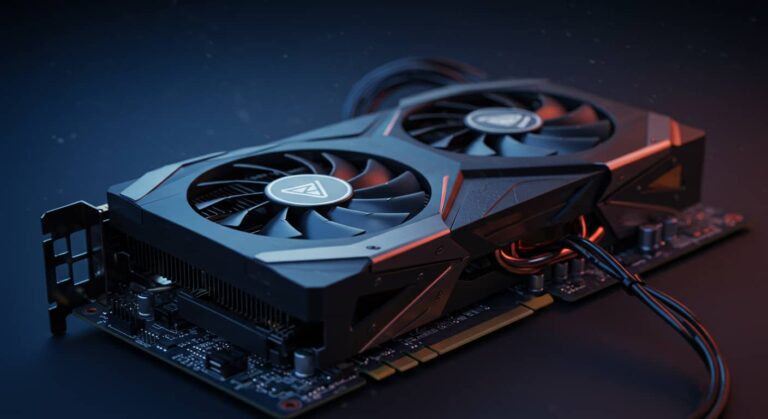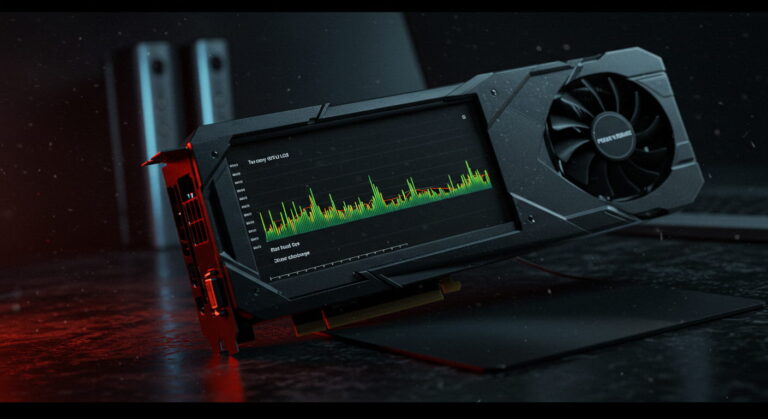How Hot is Too Hot for a GPU? – Safe, Normal and Max Temperatures!
Graphics cards (GPUs) are among the most important components in a modern computer. They power everything from gaming and video editing to machine learning and 3D rendering. But just like all electronic components, GPUs produce heat. Many users worry: how hot is too hot for a GPU? The answer is not the same for every situation, but understanding safe ranges and how to monitor them is key. This detailed guide will explain GPU temperature limits, how to check them, common scenarios, and how to keep your GPU running cool for a long life.
How Hot is Too Hot for GPU? Check Your GPU Temperature
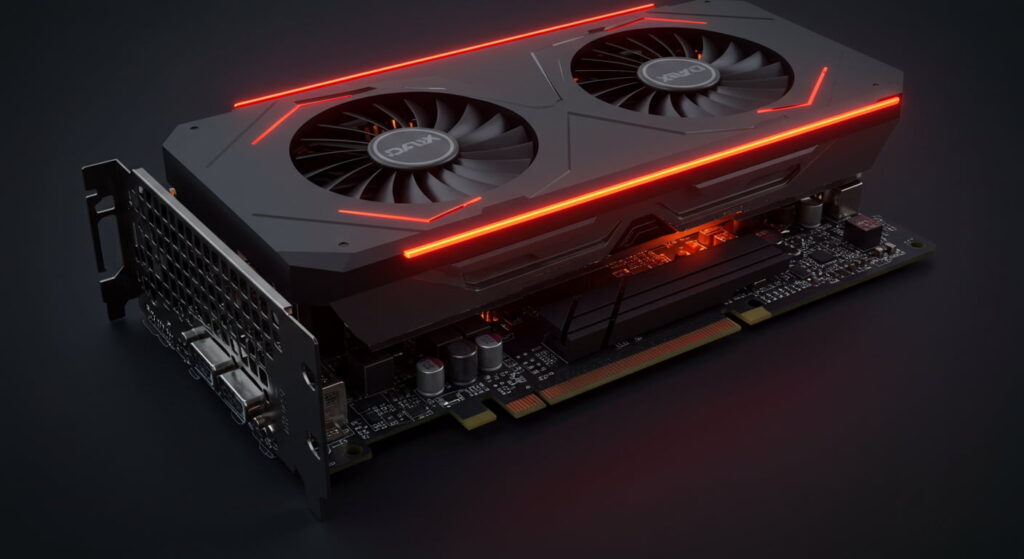
Every GPU has a thermal design limit, often called the “Tjunction” or maximum safe operating temperature. For most modern GPUs, this limit is around 90°C to 100°C. That doesn’t mean it’s safe to run them this hot all the time. Ideally, GPUs should operate between 60°C and 85°C when under load.
Exceeding these limits repeatedly can reduce lifespan and lead to performance throttling, where the GPU automatically lowers performance to protect itself. Monitoring your GPU’s temperature regularly helps prevent problems before they become serious.
How to Check GPU Temperature and How Hot is Too Hot for a GPU
Checking GPU temperature is simple, and there are multiple tools available:
- Windows Task Manager: On Windows 10 and later, open Task Manager, go to Performance, and select GPU. It will display temperature in real-time.
- MSI Afterburner: One of the most popular tools for monitoring, controlling fan speed, and overclocking GPUs.
- HWMonitor / GPU-Z: Lightweight utilities that give accurate readings of GPU and CPU temperatures.
- NVIDIA GeForce Experience or AMD Adrenalin: Official software suites include built-in monitoring tools.
If your GPU often stays at 85°C or higher under normal gaming conditions, that’s a sign you need better airflow or cooling. Running above 90°C regularly means the GPU is too hot and at risk of reduced performance and long-term damage.
Also read: amd gpu with intel cpu
Safe vs Unsafe GPU Temperatures
Not all temperatures are created equal. A GPU running at 50°C is very different from one consistently hitting 90°C. Let’s break it down.
How hot can a GPU run without damage?
A GPU can generally run up to 85°C safely without damage. Some high-performance models like RTX 3090 or RX 6900 XT may tolerate even 90°C. However, keeping it under this limit helps preserve longevity. Long-term exposure to high heat wears out thermal paste and cooling fans, leading to higher temps over time.
What is considered a “good” GPU temperature?
A good GPU temperature depends on usage:
- Idle/Desktop work: 30°C–45°C
- Casual Gaming: 50°C–65°C
- AAA Gaming titles: 65°C–80°C
- Heavy Rendering/Benchmarks: 70°C–85°C
Anything consistently below 80°C during heavy load is considered a good temperature.
What is a normal GPU temperature while gaming?
For gaming, normal GPU temperatures are between 65°C and 80°C. Fast-paced games like Cyberpunk 2077 or Red Dead Redemption 2 can push your GPU harder than lighter games like League of Legends or Minecraft. GPU brand and design also affect cooling. For example, GPUs with triple-fan coolers stay cooler compared to blower-style cards.
What temperature should my GPU have when playing games?
Your GPU should ideally remain between 65°C and 75°C while gaming. If your GPU hits above 85°C often, that suggests airflow issues or dust buildup inside the case. Regular maintenance, such as cleaning filters and repositioning case fans, helps maintain lower temps.
Common GPU Temperature Scenarios
Let’s address some of the most common questions about GPU temps at specific degrees.
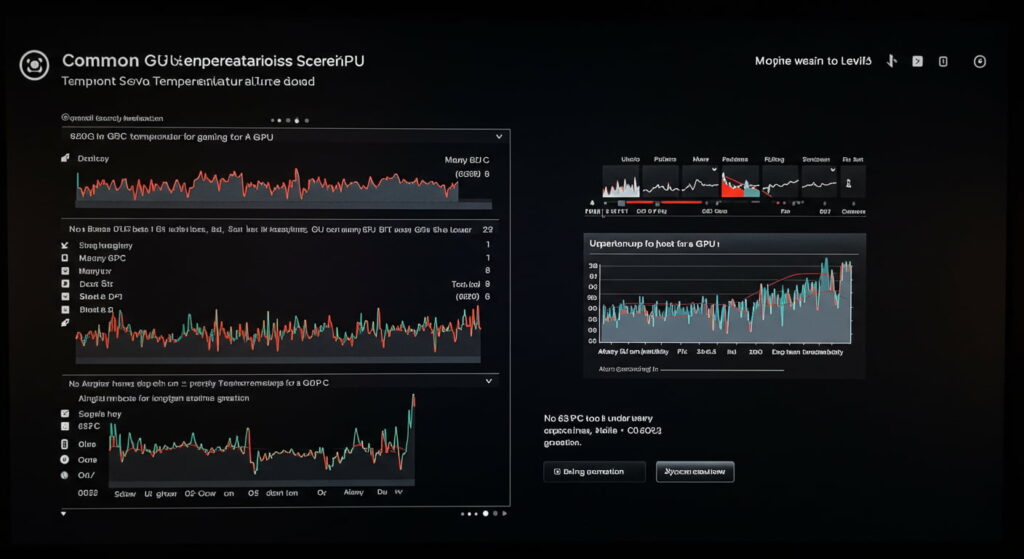
Is 82°C too hot for a GPU when gaming?
82°C is a bit high but still safe. Many GPUs are designed to handle this temperature under load. However, aiming for 75°C or lower is better for long-term stability and quieter operation.
Is 63°C too hot for a GPU?
No, 63°C is an excellent temperature under load. Many GPUs would be very efficient and stable at this level. In fact, 63°C is considered ideal during gaming.
Is 80°C too hot for a GPU?
80°C is within safe limits but getting close to the high end. While not dangerous, consistently hitting 80°C means you may want to check airflow or increase fan speeds.
Is 100°F too hot for a GPU?
100°F equals about 38°C, which is very cool. GPUs at idle or light usage often run at this temperature. This is well below normal gaming temps, so it’s nothing to worry about.
Is 48°C too hot for a GPU?
No, 48°C is safe. In fact, 48°C is common for a GPU at idle or under very light workloads. Many GPUs idle between 40°C and 50°C.
Also read: CPU GPU Compatibility
Laptop vs Desktop GPU Temperatures
Laptop GPUs usually run hotter than desktop GPUs because of compact cooling solutions and limited airflow. Knowing what’s safe for laptops is especially important.
How hot is too hot for GPU laptop
Laptop GPUs can run up to 90°C under heavy load. Manufacturers design them to tolerate this heat. However, long-term exposure to 90°C isn’t ideal. Using a cooling pad, elevating the laptop, and cleaning dust regularly can improve temperatures.
Is 82°C too hot for a GPU laptop?
82°C is normal for a gaming laptop under load. While it’s not dangerously high, it’s better to keep temps slightly lower when possible. Cooling pads or external fans can bring this down by 3–5 degrees.
Related Temperature Concerns
What temperature is too high for my GPU and CPU?
- GPU Safe Range: Up to 85°C (90°C max for certain models)
- CPU Safe Range: 70°C–80°C under heavy load, though some CPUs can hit 95°C
When both GPU and CPU run hot together, the overall case temperature rises. This reduces efficiency of all fans and components, leading to even higher temps. That’s why case airflow and good cooling solutions are critical.
Conclusion
So, how hot is too hot for a GPU? The answer depends on usage and system design. In summary:
- Below 60°C → Excellent
- 60°C–75°C → Normal
- 75°C–85°C → High but still acceptable
- Above 90°C → Too hot, risk of throttling or damage
Consistently high GPU temps shorten hardware lifespan. Monitoring temps, improving airflow, cleaning dust, and using cooling accessories ensures that your GPU performs smoothly for years.
FAQs About How Hot is Too Hot for a GPU
Q1: Can a GPU handle 90°C safely?
Yes, but running at 90°C for long periods isn’t recommended. It can reduce lifespan.
Q2: What is the maximum safe temperature for most GPUs?
Most GPUs are safe up to 85°C, though some models can tolerate up to 90°C.
Q3: Does high GPU temperature affect performance?
Yes, high heat can cause thermal throttling, reducing performance.
Q4: Is it normal for a GPU to get hot while gaming?
Yes, temperatures of 65°C–80°C are common during gaming.
Q5: Can dust cause my GPU to overheat?
Yes, dust blocks airflow and increases temperatures significantly.
Q6: How do I keep my GPU cooler?
Improve case airflow, clean fans, replace thermal paste, or use better cooling systems.
Q7: Do laptop GPUs run hotter than desktop GPUs?
Yes, laptops have smaller cooling systems, so they typically run hotter.
Q8: Is undervolting safe for reducing GPU heat?
Yes, undervolting reduces voltage use, often lowering temperatures without harming performance.
Q9: What happens if my GPU overheats?
Overheating causes throttling, game crashes, or even shutdowns to prevent damage.
Q10: Should I worry if my GPU runs at 82°C while gaming?
No, it’s safe, but lowering temps closer to 75°C improves long-term health.
Related post:
